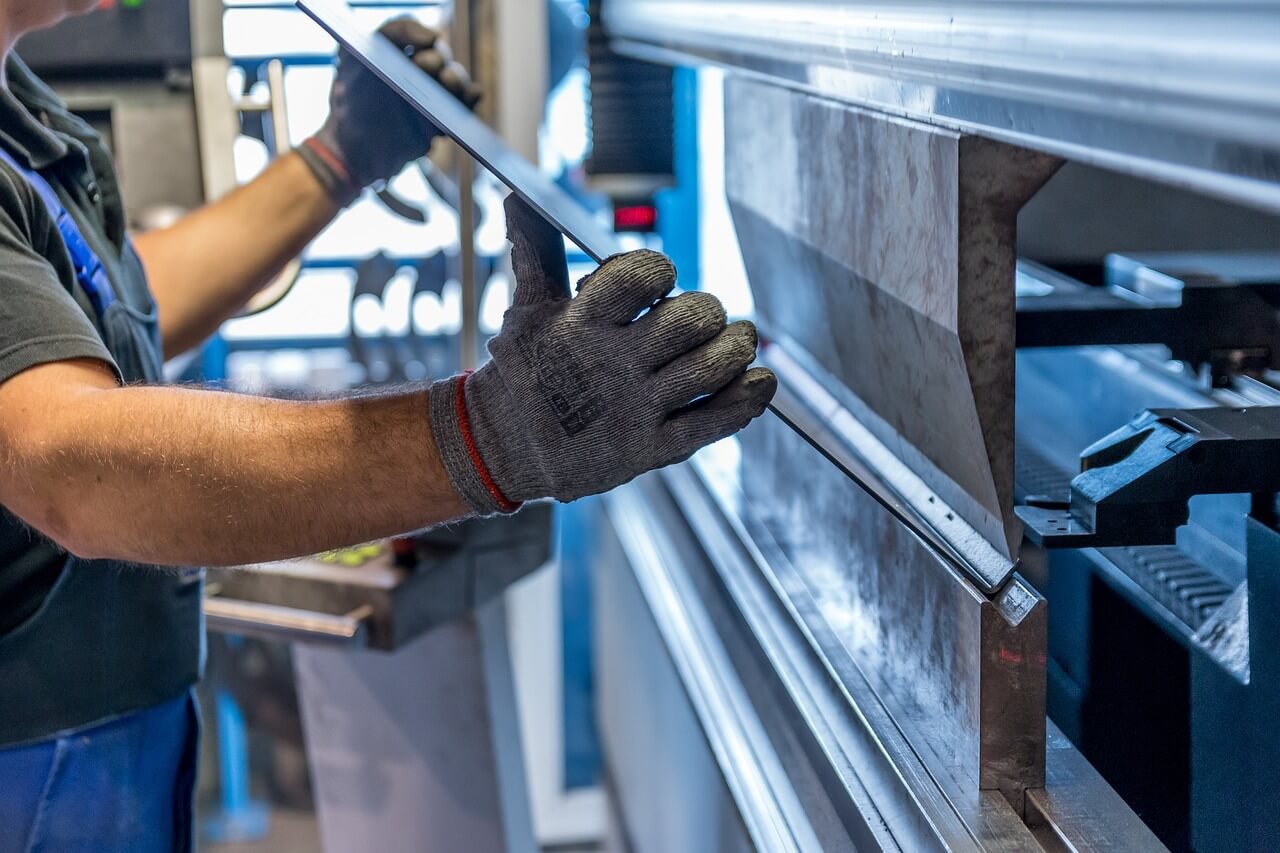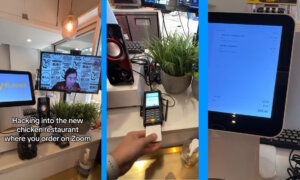Artificial intelligence (AI) is no longer a futuristic concept — it’s a daily reality that’s here to stay. For manufacturers, AI has been a significant change in the industry. Production lines see it automate tedious tasks, speed up processes and help create better products. It’s clear how AI helps manufacturers increase efficiency and boost productivity. However, that’s not the only benefit this technology brings to the table.
Safety on the manufacturing floor is crucial and AI is helping people on the front lines. From predictive maintenance to personal protective equipment monitoring, here are the ways AI helps manufacturers improve worker safety.
An Overview of AI in Manufacturing Safety
AI is a technology that mimics human intelligence, enabling machines to learn, reason and solve problems. Machine learning (ML) is a subset of AI that takes this a step further. In ML, algorithms allow systems to learn from data and improve over time without being explicitly programmed. For example, ML can analyze past incidents and predict future ones based on the correlation between patterns.
Amid the challenges of the pandemic, 96% of manufacturing CEOs reported accelerated progress in digitizing their operations. This includes a notable emphasis on safety, with AI and machine learning playing pivotal roles.
In worker safety, AI and ML come into play in several innovative ways. These technologies can predict equipment failures before they occur, reducing the risk of accidents. They can monitor employees’ use of personal protective equipment, ensuring safe practices.
AI systems can even identify potential hazards in a workspace, alerting the team before harm can occur. The result is a safer, smarter manufacturing environment where technology and humans work hand-in-hand to prevent accidents.
Current Ways AI Helps Manufacturers For Safety
To further understand how AI helps manufacturers ensure safety, consider the following applications.
1. AI-Powered Predictive Maintenance
Predictive maintenance is one of the key areas where AI excels in enhancing safety. With the help of AI algorithms, manufacturers can anticipate machinery failures before they occur, preventing accidents and equipment-related injuries.
These systems analyze variables such as temperature, pressure and vibration patterns to predict possible malfunctions. For instance, if an AI system notices irregularities in an assembly line’s operations, it can notify the team to investigate. This allows them to avoid potential downtime and ensures the team can work more safely.
2. Personal Protective Equipment Monitoring
AI also plays a significant role in personal protective equipment (PPE) monitoring. By using machine vision, AI can determine whether workers are wearing the required safety gear, such as helmets, gloves and safety glasses.
For example, smart cameras with AI technology can scan workers in real-time. If the system detects a worker without proper PPE, it can immediately notify supervisors, enabling rapid response and compliance with safety regulations.
3. Hazard Recognition and Reporting
Hazard recognition and reporting is another crucial area where AI helps manufacturers. AI-powered systems can scan the workplace for potential hazards — such as spills, obstacles or unsafe temperature levels — humans may overlook.
These systems can even differentiate between regular and irregular sounds, identifying anomalies such as an unusual machine noise that may indicate a problem. The AI system can generate instant alerts when it detects a potential hazard, enabling immediate remediation and preventing accidents. This proactive approach to worker safety reduces risks and creates a much safer working environment.
AI’s Potential in Manufacturing Safety
AI holds the potential to improve worker safety significantly. In 2021, preventable work deaths totaled 4,472, partly due to a 5% increase in work hours as the economy recovered from the COVID-19 pandemic. However, the increased hours alone don’t fully explain the rise in work deaths, indicating significant room for improvement in worker safety.
Now, AI steps in to address these challenges, one of them being the issue of heat illness. Despite under-reporting, in 2019, heat illness claimed the lives of 43 workers, and inflicted serious injuries and illnesses on at least 2,410 others. Escalating heat levels — partly due to climate change — not only risk workers’ health but also cause substantial wage losses due to lost productivity and work hours.
AI Makes a Difference With Smart Wearables
Here’s where AI — specifically smart wearables — can make a difference. For instance, Everguard’s Sentri360 system employs AI to protect industrial workers.
This proactive technology solution leverages Worker-Centric AI to create a conscious environment that detects distress and danger before a human can. Sentri360 EHS Wearables utilize AI to collect real-time data on a worker’s physiological and biomechanical metrics, as well as their location on the job site.
When the system identifies that a worker is dehydrated, tired or has an escalated heart rate, it sends an alert prompting them to rest and hydrate. This technology mitigates the risk of injuries due to heat stress, dehydration, overexertion and related musculoskeletal disorders.
So while AI can significantly contribute to physical safety, it also helps prevent health-related issues from escalating further. As innovators continue to innovate and implement AI solutions, peple may hopefully see the overall work-related injury numbers drop even more dramatically in the years to come.
The Future of AI in Manufacturing Safety
The future is promising for AI’s role in enhancing safety measures in manufacturing. A clear indication of this trend is seen in a McKinsey Global Survey from 2021, which found nearly two-thirds of respondents expect their companies’ investments in AI to continue to increase over the next three years.
This growing investment will likely fuel advancements like autonomous mobile robots (AMRs) and more sophisticated virtual reality (VR) training programs. AMRs can perform dangerous tasks and navigate autonomously around a factory, reducing the need for human exposure to hazardous environments.
Companies that invest in VR training programs can provide workers with realistic simulations of potential dangers and teach appropriate responses.
As a result, manufacturing enterprises can enhance preparedness for real-world scenarios. However, these are just a few ways manufacturers might see AI transform even further.
The Intersection of AI and Human Workforce
Keep in mind that AI’s role in manufacturing isn’t to replace the human workforce but to empower it. It provides workers with tools to identify and prevent accidents, enhancing their ability to maintain a safe work environment.
AI doesn’t eliminate workers — instead, it elevates them, transforming their roles from reactive to proactive, enabling them to foresee and tackle safety issues before they escalate.
Furthermore, implementing AI in manufacturing safety is only as effective as the workers’ ability to utilize it. Therefore, training and education are paramount. This involves teaching workers how to interpret AI alerts, maintain AI systems and understand their limitations.
By investing in education, manufacturers can ensure their workforce seamlessly integrates with AI tools, unlocking their full potential and optimizing safety in the workplace.
The Pivotal Role of AI in Transforming Manufacturing Safety
AI helps manufacturers’ safety significantly by automating predictive maintenance, monitoring PPE use and enabling hazard recognition.
As they look towards the future, the potential of AI to further enhance safety conditions is immense, paving the way for safer, more efficient and innovative manufacturing environments. Therefore, it will be crucial for manufacturers to leverage AI’s capabilities to ensure a safe and productive environment for all.
Article contributed by Emily Newton.
About the author: Emily Newton is the Editor-In-Chief of Revolutionized, a magazine exploring innovations in science and industry that shares ideas to promote a better tomorrow. She enjoys writing and researching about how technology is changing the world.
Image by Michal Jarmoluk from Pixabay
Follow TechTheLead on Google News to get the news first.

















